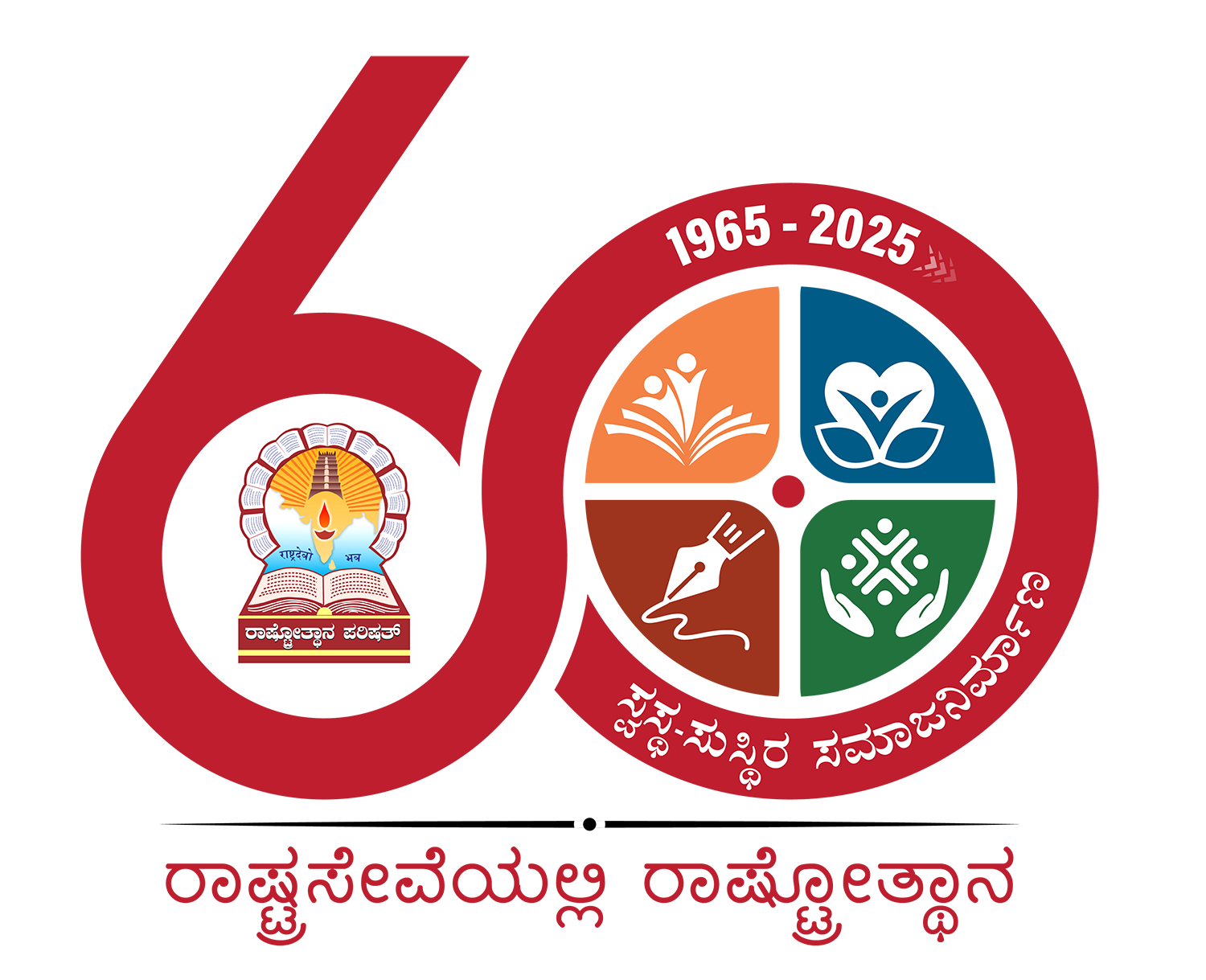
About Blood
Blood Components
Donation help multiple People
The main transfusable blood components include
Whole Blood
Whole blood contains red cells, white cells, and Platelets (~45% of volume) suspended in plasma (~55% of volume)
Red cells
Red cells, or erythrocytes, carry oxygen from the lungs to your body’s tissue and take carbon dioxide back to your lungs to be exhaled
Platelets
Platelets, or thrombocytes, are small cell fragments in the blood whose main function is to interact with clotting proteins to stop or prevent bleeding
Plasma
Plasma is a fluid, composed of about 92% water, 7% vital proteins such as albumin, gamma globulin, anti- hemophilic factor, and other clotting factors, and 1% mineral salts, sugars, fats, hormones and vitamins
Cryoprecipitated AHF
Cryoprecipitated Antihemophilic Factor (Cryo) is a portion of plasma rich in clotting factors, including Factor VIII and fibrinogen. It is prepared by freezing and then slowly thawing the frozen plasma

